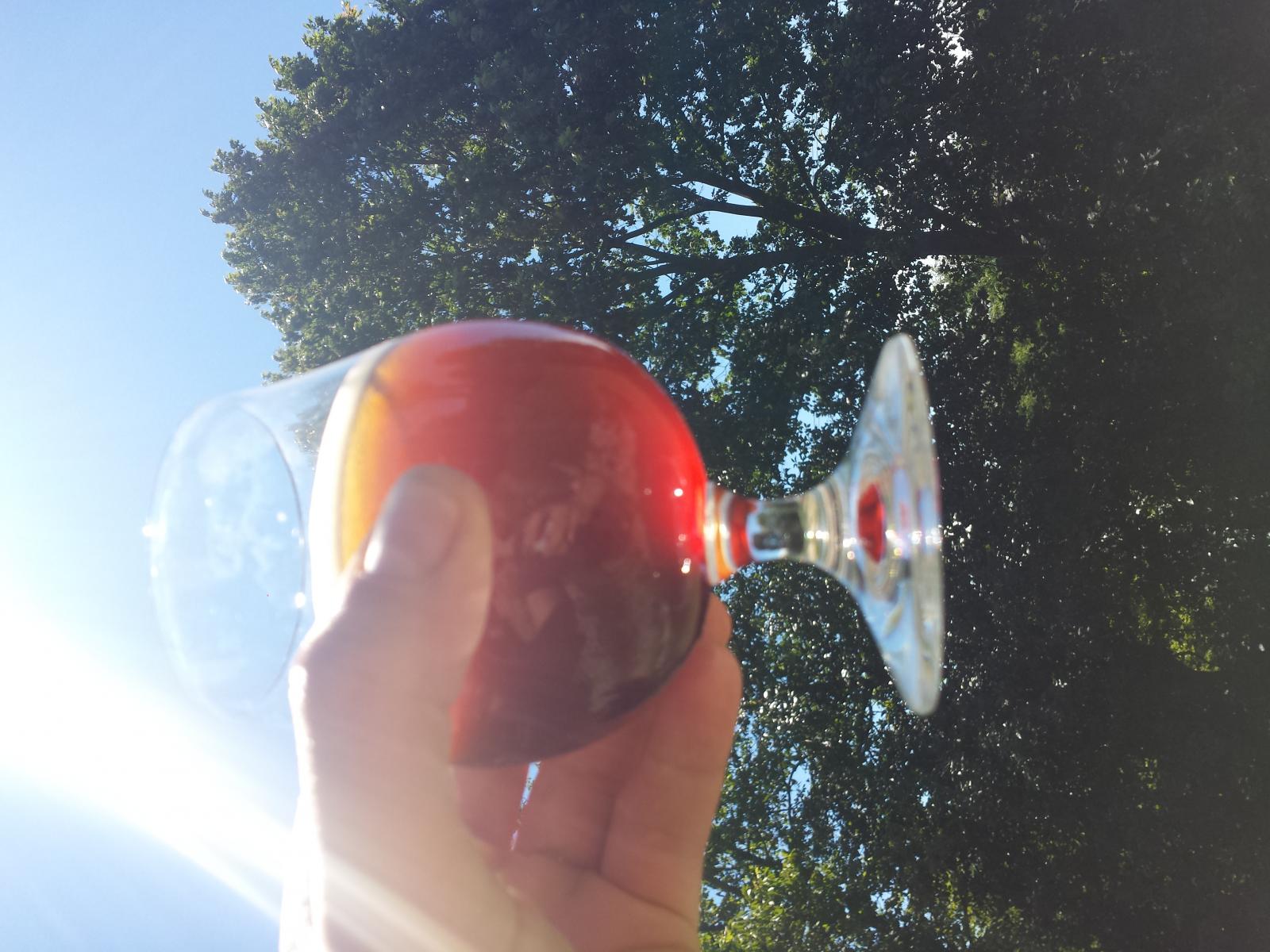Nico93
Well-Known Member
- Joined
- May 8, 2013
- Messages
- 372
- Reaction score
- 89
hi!
the winter is coming and in my winery the cold is arriving!
during the winter in the basement the temp will be 50/55 F.
i have to put the fermenter with the flanders in the house or i can leave the beer in the winery? in the house i have rooms at 60/70 F
thanks
the winter is coming and in my winery the cold is arriving!
during the winter in the basement the temp will be 50/55 F.
i have to put the fermenter with the flanders in the house or i can leave the beer in the winery? in the house i have rooms at 60/70 F
thanks






